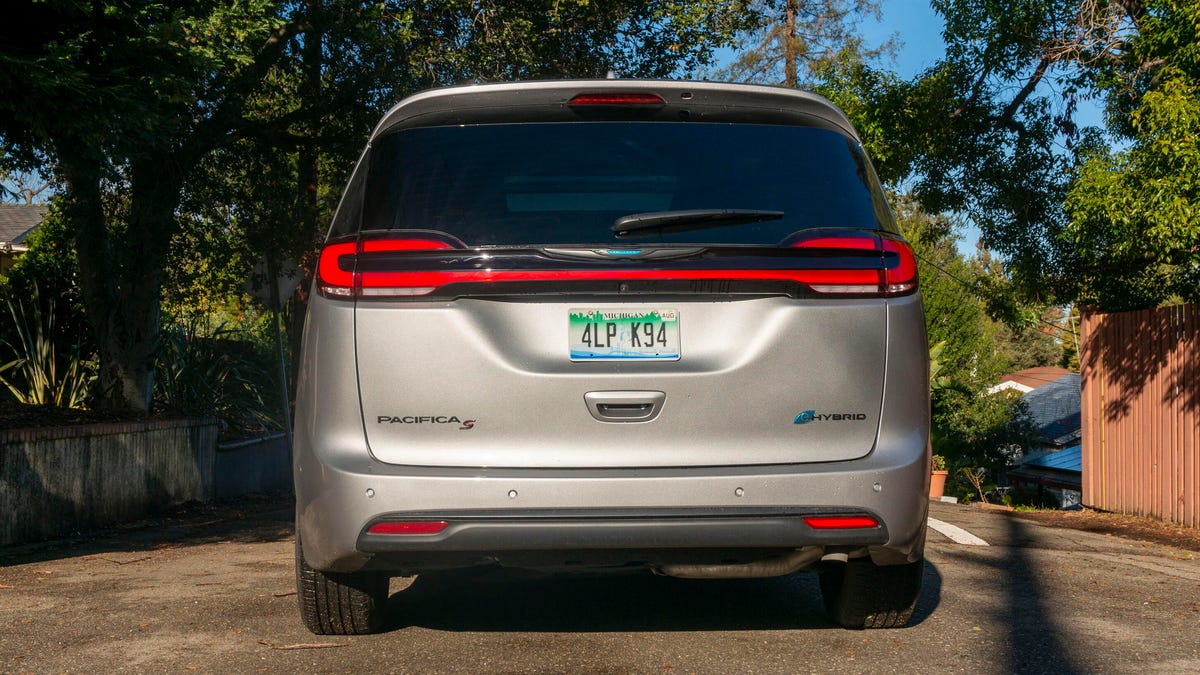IIHS finds that rear automatic emergency braking saves drivers big money
It's the most effective means of reducing expensive low-speed rear collisions.

Systems that brake automatically have been found to be much more effective than ones that merely warn of collisions.
Frontal automatic emergency braking is a big deal. It's done a great deal to save lives, and that's part of why it's becoming more common on new vehicles. Its rear-facing cousin may not snag as many headlines for saving lives, but according to an announcement Thursday by the Insurance Institute for Highway Safety, it's saving people a ton of cash.
Crashes that occur when backing up generally involve much lower speeds than frontal collisions, so they're naturally less likely to cause injury. Those speeds are still totally sufficient to cause plenty of damage to a car, though, and with modern vehicles' built-in technology, that damage can be costly.
The Highway Loss Data Institute states that rear automatic emergency braking is the most effective technology it looked at when it came to reducing the cost of insurance claims.
"We haven't seen that kind of reduction in claims for vehicle and other property damage from any other advanced driver assistance system," said HLDI Senior Vice President Matt Moore in a statement.
The HLDI also found that low-speed backing crashes represent a big chunk of vehicle insurance claims in general. Rear collision claims for dollar figures under $2,000 represent 17% of claims overall, with a total of $8 billion in damage occurring from 2010-2017. Anything that takes a bite out of those kinds of collisions is going to represent a substantial saving overall.
Another interesting thing that the IIHS and HLDI found is that two other passive rear collision-avoidance systems, backup cameras and ultrasonic parking sensors, were much less effective in preventing low-speed rear collisions. It's interesting because the former is required by law in all new cars and has been since May 2018, and ultrasonic sensors have been around for decades, making both systems much more common than rear AEB.
The IIHS has found that collision-warning systems in general are much less effective than systems that can intervene directly on behalf of the driver to prevent a crash.

